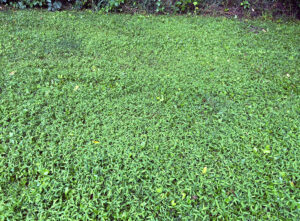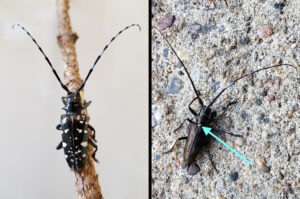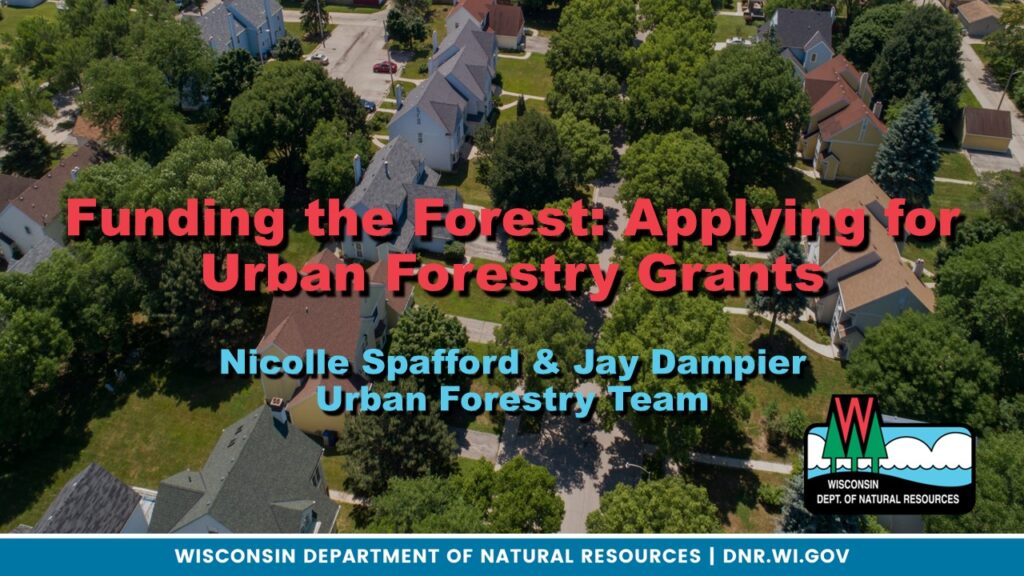 The Wisconsin Department of Natural Resources (DNR) is hosting a webinar to help you develop a competitive urban forestry grant application. This webinar will guide you through the application form so you can submit a strong application that aligns with the DNR’s Urban Forestry Program funding priorities.
The Wisconsin Department of Natural Resources (DNR) is hosting a webinar to help you develop a competitive urban forestry grant application. This webinar will guide you through the application form so you can submit a strong application that aligns with the DNR’s Urban Forestry Program funding priorities.
Register today to reserve your spot in the upcoming webinar. After registering, you will receive a confirmation email containing information about joining the webinar. Continue reading “Urban Forestry Grants Webinar Announced: Updated Application Process”


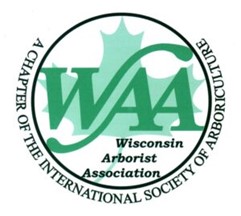 The annual WAA/DNR Urban Forestry Conference will again be held at the KI Convention Center in Green Bay, Wisconsin. More information will be available soon!
The annual WAA/DNR Urban Forestry Conference will again be held at the KI Convention Center in Green Bay, Wisconsin. More information will be available soon! 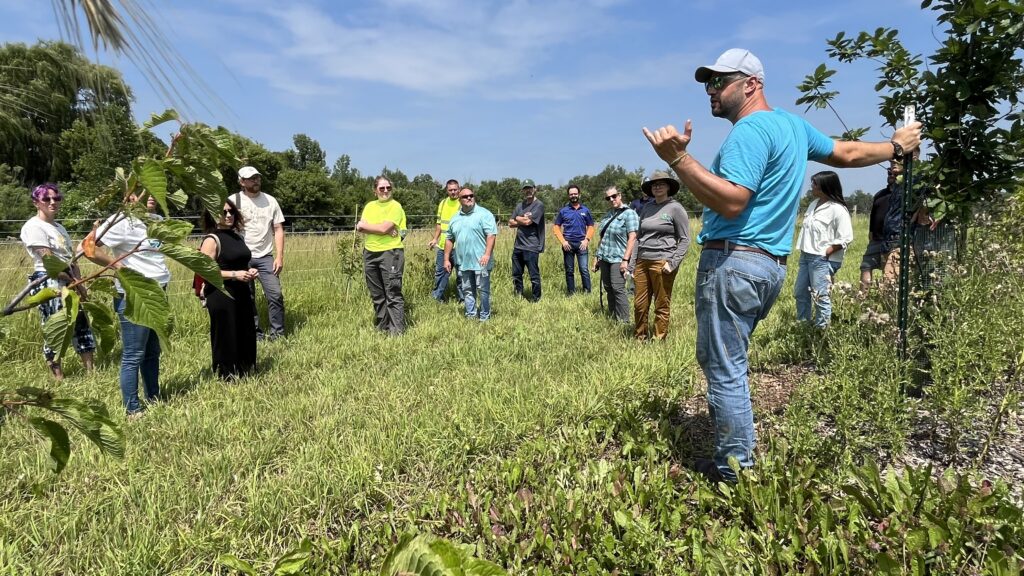 Tree managers met at
Tree managers met at 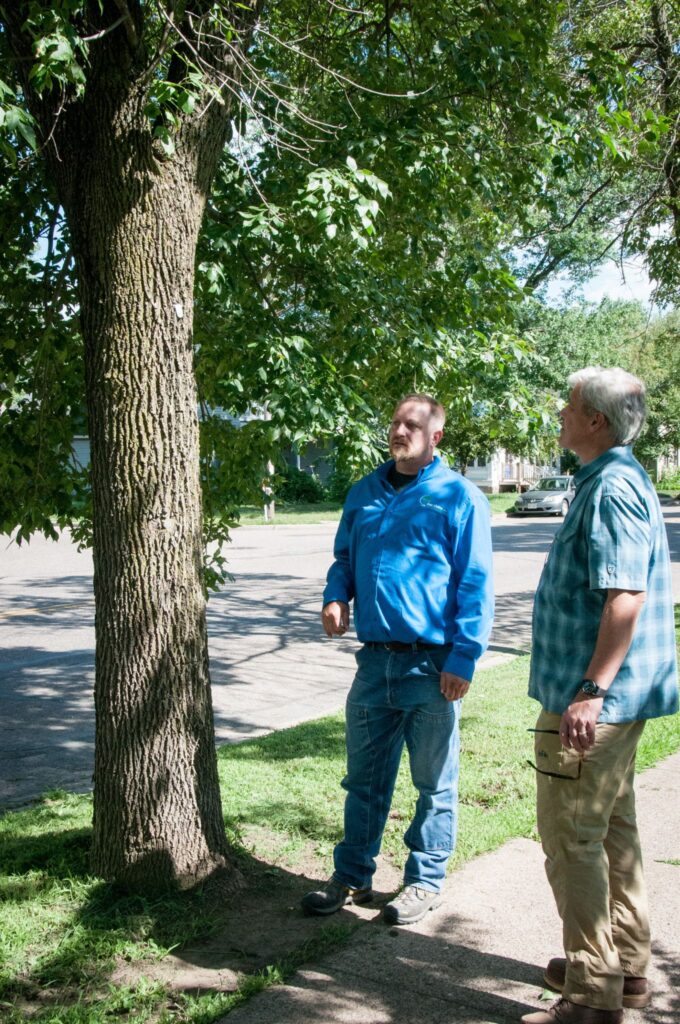 The Urban and Community Forestry Society (UCFS) Industry Trends committee – charged with monitoring the issues impacting your work – is seeking information on your experiences with insurance companies and urban tree canopy. There is growing evidence that insurance companies are directing the pruning or removal of trees, and the committee wants to fully understand the issue. Your responses to the survey below will help compile stories and evidence so that UCFS can work with industry partners and draft position statements.
The Urban and Community Forestry Society (UCFS) Industry Trends committee – charged with monitoring the issues impacting your work – is seeking information on your experiences with insurance companies and urban tree canopy. There is growing evidence that insurance companies are directing the pruning or removal of trees, and the committee wants to fully understand the issue. Your responses to the survey below will help compile stories and evidence so that UCFS can work with industry partners and draft position statements. 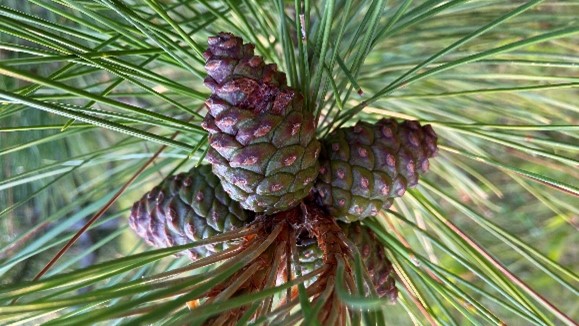 The DNR’s Reforestation Program needs red and white pine cones – more specifically, we need the seeds found within those cones for our reforestation needs. The Reforestation Program produces millions of pine seedlings every year at the Wilson State Nursery in Boscobel, and the only way we can produce those seedlings is with seed collected from the fields and forests of Wisconsin.
The DNR’s Reforestation Program needs red and white pine cones – more specifically, we need the seeds found within those cones for our reforestation needs. The Reforestation Program produces millions of pine seedlings every year at the Wilson State Nursery in Boscobel, and the only way we can produce those seedlings is with seed collected from the fields and forests of Wisconsin. 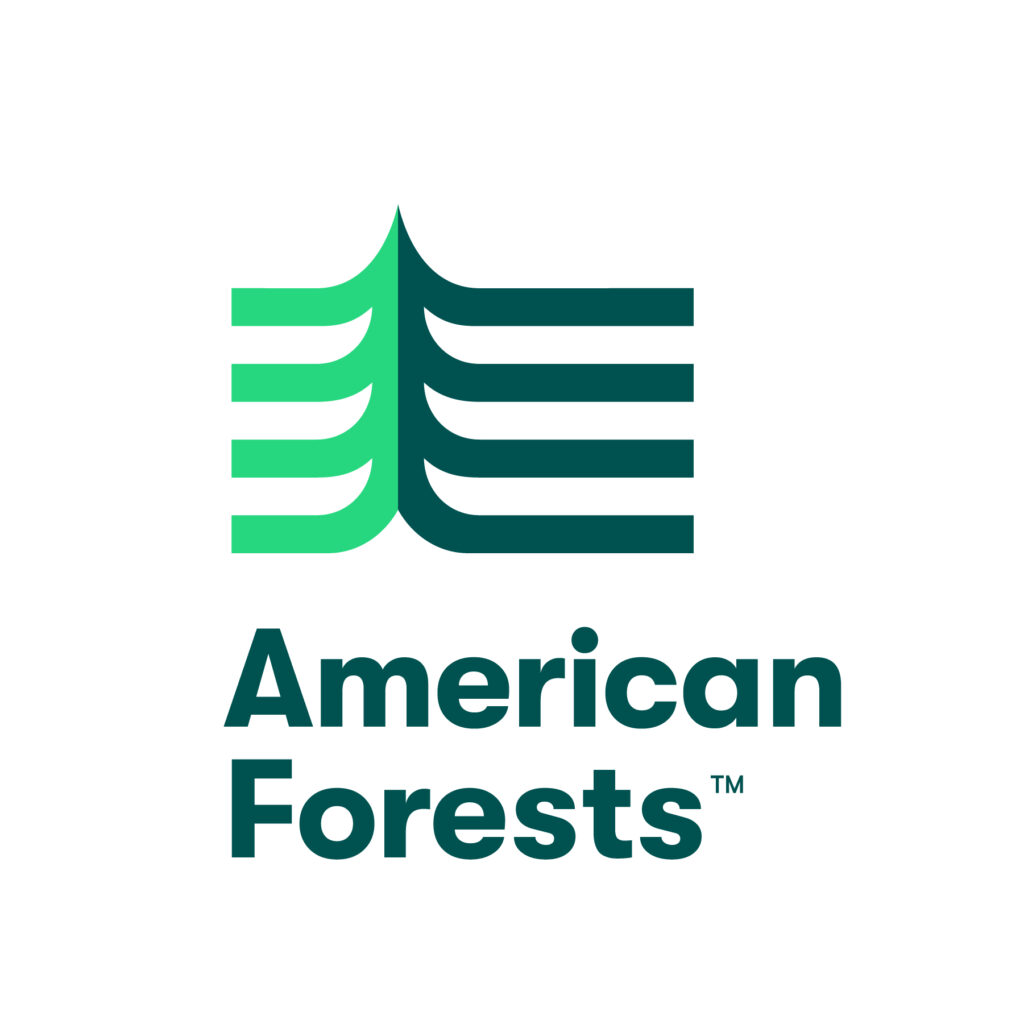 The
The 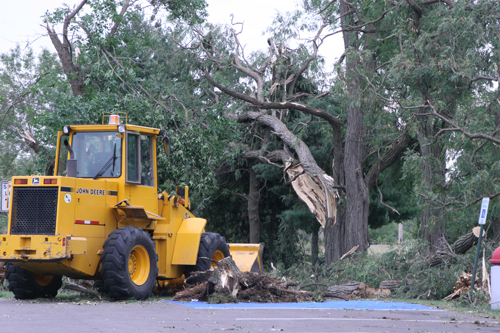 The Wisconsin Department of Natural Resources (DNR) today announced it is now accepting applications for
The Wisconsin Department of Natural Resources (DNR) today announced it is now accepting applications for 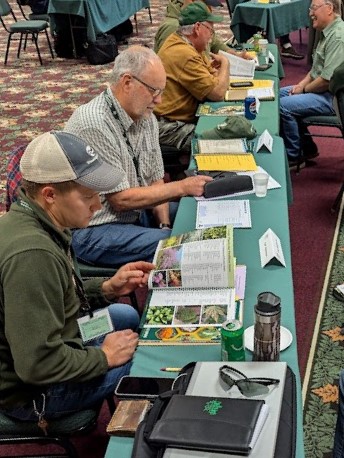 *These training opportunities are provided as an information service only and do not constitute an endorsement from the Wisconsin Department of Natural Resources (DNR).
*These training opportunities are provided as an information service only and do not constitute an endorsement from the Wisconsin Department of Natural Resources (DNR).